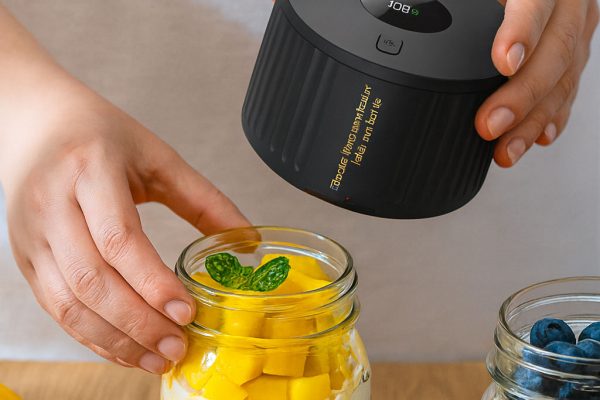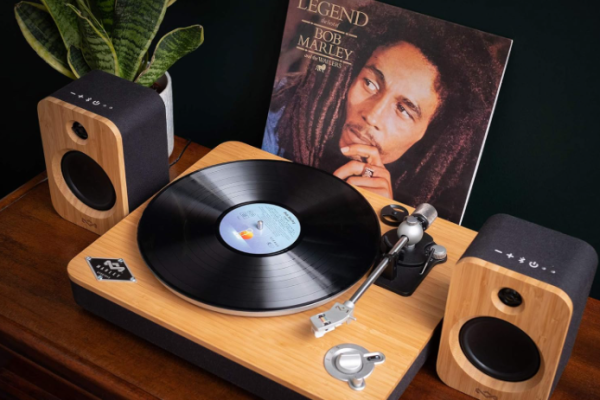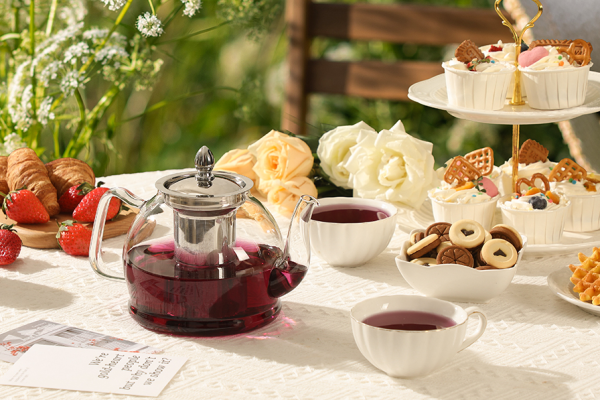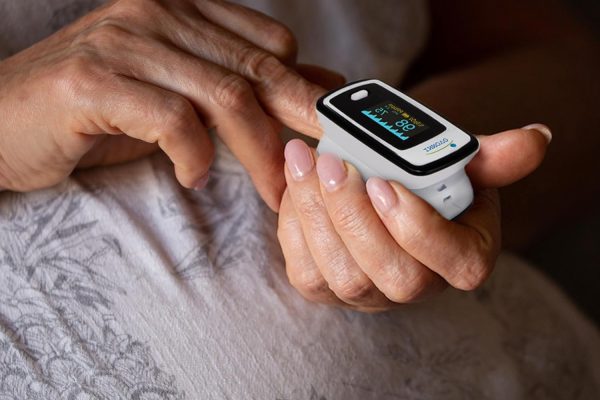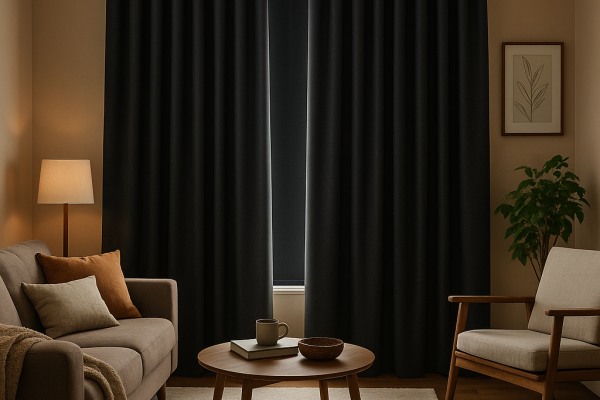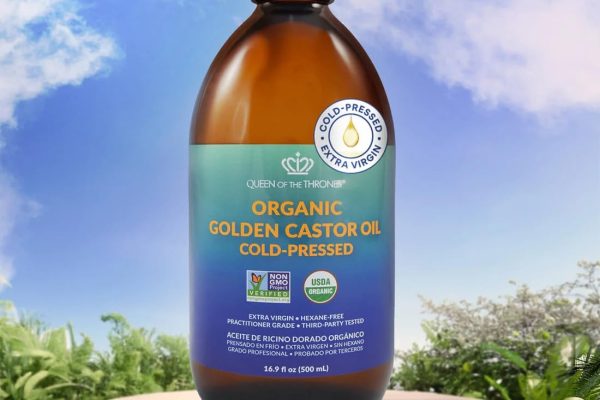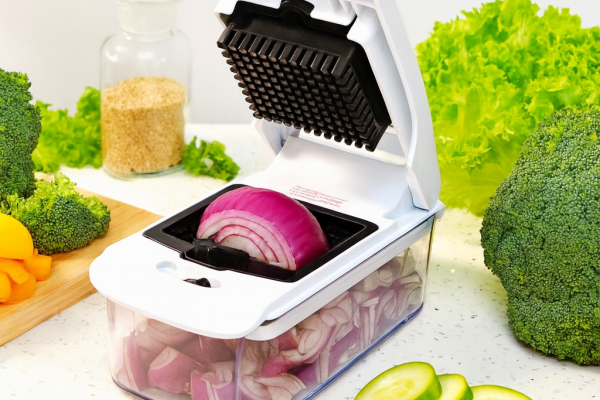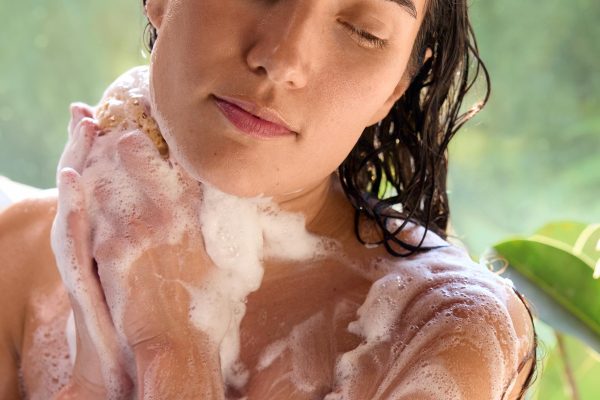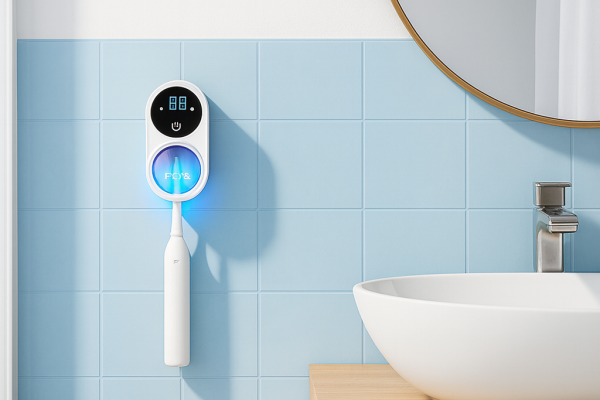
Attention: Your toddler’s brain is developing at lightning speed, forming over 1 million neural connections every second. The toys you choose right now aren’t just entertainment – they’re building blocks for your child’s future intelligence, creativity, and success.
If you’re overwhelmed by flashy electronic toys promising to make your child a genius, here’s the truth: simpler is smarter. Research consistently shows that basic wooden toys outperform high-tech alternatives in promoting genuine learning and development.
Why Wooden Toys Are Superior for Toddler Development
The Open-Ended Advantage
Unlike electronic toys that “perform” for your child, wooden toys require active engagement. When a toy does everything itself – flashing lights, playing music, talking – your toddler becomes a passive observer rather than an active learner.
The science is clear: The more a toy does on its own, the less your child’s brain has to work. Wooden toys force children to supply the imagination, problem-solving, and creativity, leading to deeper cognitive development.
Sensory Development Without Overstimulation
Wooden toys engage multiple senses naturally:
- Touch: Natural wood texture stimulates tactile development
- Sight: Simple designs allow focus without overwhelming
- Sound: Natural acoustic properties from stacking and dropping
- Smell: Pleasant wood scents create positive associations
This multi-sensory engagement happens without the artificial overstimulation that can actually hinder learning.
What Makes a Toy Truly “Educational” for Toddlers

Educational toys actively engage your child’s developing mind across four critical domains:
1. Cognitive Skills
- Problem-solving through trial and error
- Spatial reasoning (how things fit together)
- Cause-and-effect understanding
- Critical thinking development
2. Fine & Gross Motor Skills
- Hand-eye coordination through manipulation
- Dexterity from grasping and stacking
- Balance and coordination from larger movements
- Muscle strength development
3. Language & Communication
- Vocabulary expansion through play scenarios
- Narrative development via storytelling
- Social interaction during shared play
- Reading readiness through symbol recognition
4. Social & Emotional Growth
- Empathy through role-playing
- Self-regulation via rule-based play
- Cooperation and sharing skills
- Emotional expression outlets
Safety First: Understanding “Non-Toxic” Standards
Essential Safety Certifications to Look For

Materials That Matter
Safe Wood Types:
- Sustainably sourced hardwoods (maple, beech, walnut)
- Reclaimed rubberwood
- PEFC-certified sustainable forests
- FSC-certified sustainable forestry
Non-Toxic Finishes:
- Water-based paints only
- Natural plant oils and waxes
- Formaldehyde-free glues
- No VOCs (Volatile Organic Compounds)
Top Educational Wooden Toy Categories by Age
12-18 Months: Foundation Building
Best Choices:
- Large chunky blocks
- Simple stacking rings
- Basic shape sorters
- Large knob puzzles
Why These Work: At this age, your toddler is mastering basic motor skills and understanding cause-and-effect. These toys build hand-eye coordination while being safe for frequent mouthing.
18-24 Months: Skill Development
Best Choices:
- Building planks and geometric shapes
- Multi-piece stackers
- More complex shape sorters
- Chunky puzzles
Why These Work: Your child is ready for increased challenge. These toys develop problem-solving skills and spatial awareness while maintaining safety for independent play.
24-36 Months: Advanced Learning
Best Choices:
- Comprehensive block sets
- Multi-piece puzzles
- Rainbow stackers
- Pretend play sets
- Simple musical instruments
Why These Work: Language explosion and imaginative play begin. These toys support storytelling, social skills, and creative expression while building advanced cognitive abilities.
The 7 Most Educational Wooden Toy Types
1. Building Blocks: The Ultimate Brain Builder
PlanToys 40 Piece Unit Block Building [click to view…]
Educational Benefits:
- Spatial reasoning development
- Engineering concept introduction
- Mathematical thinking (counting, patterns)
- Creative expression through construction
Age-Specific Recommendations:
- 12-18 months: Large wooden cubes
- 18-24 months: Geometric shapes and planks
- 24+ months: Complete sets with tools and accessories
2. Puzzles & Shape Sorters: Cognitive Powerhouses
Educational Benefits:
- Problem-solving skill development
- Logical thinking enhancement
- Persistence and focus building
- Hand-eye coordination refinement
Progressive Complexity:
- Start with 3-4 large pieces
- Advance to 12+ piece puzzles
- Include alphabet and number recognition
3. Stacking & Nesting Toys: Size and Sequence Masters
PlanToys Wooden Sorting and Stacking [click to view…]
Educational Benefits:
- Size discrimination learning
- Sequential thinking development
- Balance and coordination improvement
- Comparative concept understanding
Popular Examples:
- Classic rainbow stackers
- Nesting blocks with multiple functions
- Wooden ring towers
4. Pretend Play Sets: Social-Emotional Developers
Educational Benefits:
- Language development through storytelling
- Social skills via role-playing
- Emotional expression and empathy
- Real-world understanding
Essential Sets:
- Play kitchen with wooden food
- Tool sets for construction play
- Animal figures for storytelling
5. Musical Instruments: Auditory Development Tools
Hape Mighty Mini Band [click to view…]
Educational Benefits:
- Rhythm and timing development
- Auditory discrimination skills
- Memory enhancement through patterns
- Self-expression through sound
Toddler-Friendly Options:
- Simple xylophones
- Maracas and shakers
- Small drums and tambourines
6. Activity Boards: Fine Motor Skill Builders
Educational Benefits:
- Real-world skill practice (zippers, latches)
- Hand strength development
- Independent problem-solving
- Concentration improvement
7. Push/Pull Toys: Gross Motor Developers
Hape Frog Pull-Along [click to view…]
Educational Benefits:
- Balance and coordination
- Confidence building in mobility
- Spatial awareness development
- Physical strength building
Top Brand Recommendations by Philosophy
Best for Sustainability: PlanToys
PlanToys Wooden Assorted Fruit and Vegetable Food Set [click to view…]
- Uses reclaimed rubberwood and sawdust composite
- Non-toxic, plant-based dyes
- “Better Kids, Better World” philosophy
- Popular products: Castle Blocks, Pretend Play Food sets
Best for STEM Learning: Hape
Hape Pound & Tap Bench with Slide Out Xylophone [click to view…]
- Focuses on “wisdom play” and hands-on learning
- Sustainably sourced materials
- Strong emphasis on educational value
- Popular products: Building blocks, Musical instruments
Best for Development-Specific Design: Lovevery
LOVEVERY | The Block Set [click to view…]
- Brain science and Montessori-based approachs
- Stage-specific Play Kits
- Research-backed toy development
- Popular products: The Block Set, developmental Play Kits
Best for Open-Ended Play: Grimm’s
Grimm’s Wooden Rainbow Pastel [click to view…]
- Waldorf and Montessori educational principles
- Intentionally minimal design for maximum creativity
- Natural finishes preserve wood texture
- Popular products: Large Rainbow stackers, Building blocks
Best for Loose Parts Play: Grapat

Nins, Rings & Coins [click to view…]
- Completely open-ended play philosophy
- 100% plastic-free packaging
- Traditional manufacturing processes
- Popular products: Nins, Rings, and Coins sets
Your Wooden Toy Selection Checklist
Before You Buy, Verify:
✅ Age Appropriateness
- Matches current developmental stage
- Offers room for growth
- No small parts for under-3s
✅ Safety Certifications
- EN71, ASTM F963, or CPSIA certified
- Non-toxic paint verification
- Formaldehyde-free construction
✅ Material Quality
- Smooth, splinter-free finish
- Durable construction
- Sustainable wood sourcing
✅ Educational Value
- Promotes active engagement
- Supports multiple skill areas
- Encourages creative thinking
✅ Open-Ended Potential
- Multiple play possibilities
- Grows with child’s development
- Stimulates imagination
Maintenance Tips for Longevity
Keep Your Investment Safe:
- Clean with damp cloth only (avoid harsh chemicals)
- Inspect regularly for chips or splinters
- Store in cool, dry places
- Sand smooth any rough edges immediately
- Allow complete drying after cleaning
The Bottom Line: Quality Over Quantity
Research shows toddlers engage in higher-quality play with 4-16 toys versus overwhelming collections. Choose fewer, better toys that will:
- Last for years (often becoming heirlooms)
- Support multiple developmental areas
- Grow with your child’s abilities
- Align with your family’s values
Remember: The goal isn’t to buy the most toys, but to choose the most effective ones. One high-quality wooden block set offers more educational value than a dozen electronic gadgets.
Your toddler’s developing brain craves the kind of engagement only quality wooden toys can provide. By choosing educational, non-toxic options, you’re investing not just in today’s play, but in tomorrow’s capabilities.
The choices you make now echo through your child’s entire developmental journey. Choose wisely, choose wooden, and choose with confidence.
Dora Decora is a biophilic interior design specialist and passionate blogger. With a deep commitment to integrating nature into living spaces, Dora specializes in creating environments that foster human-nature connections through thoughtful design elements. Her approach emphasizes sustainable materials, natural lighting, and organic patterns that enhance wellbeing and reduce environmental impact.
This post (https://homechroma.com/most-educational-non-toxic-wooden-toys-for-toddlers) was originally published by Dora Decora on Home Chroma. As an Amazon Associates partner, we are compensated for all qualifying purchases.








